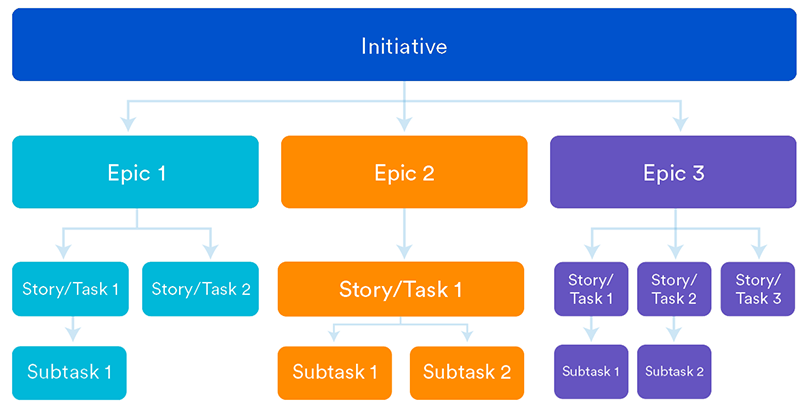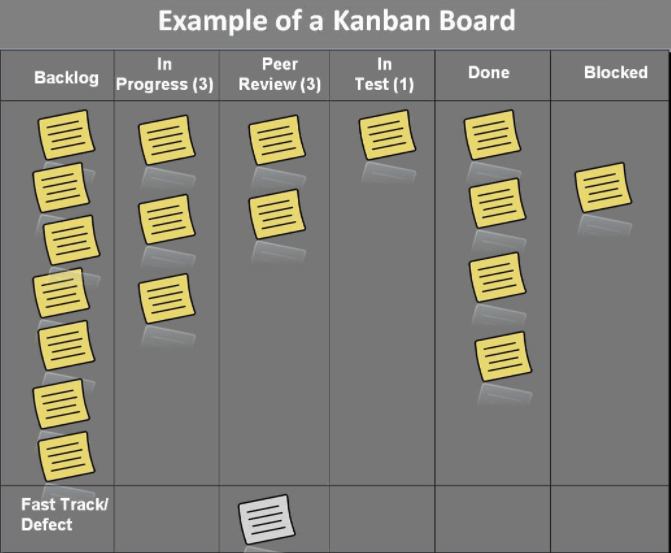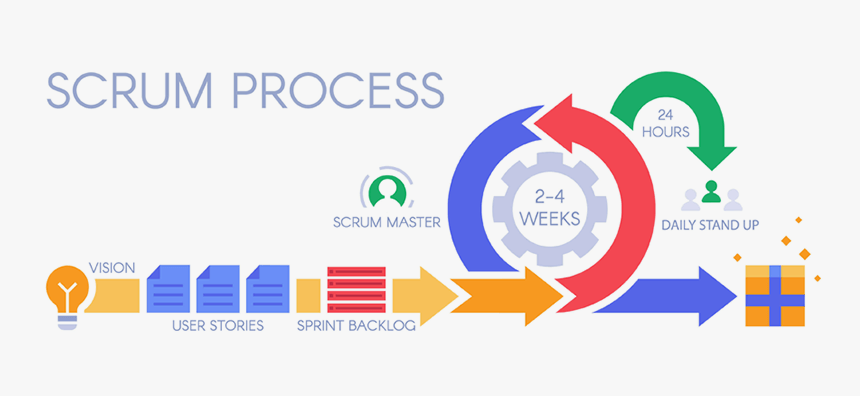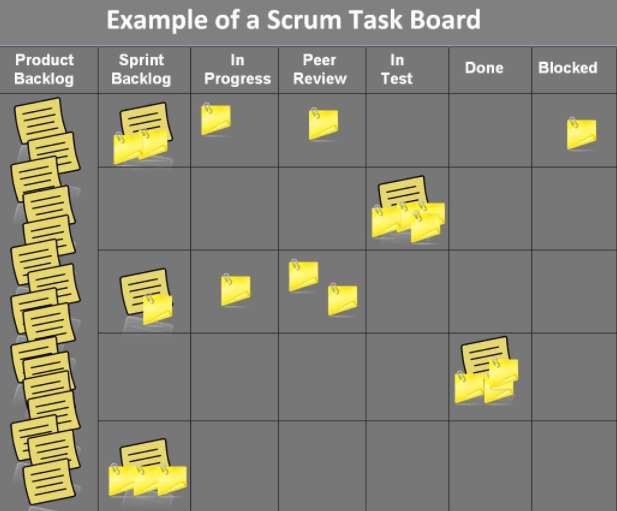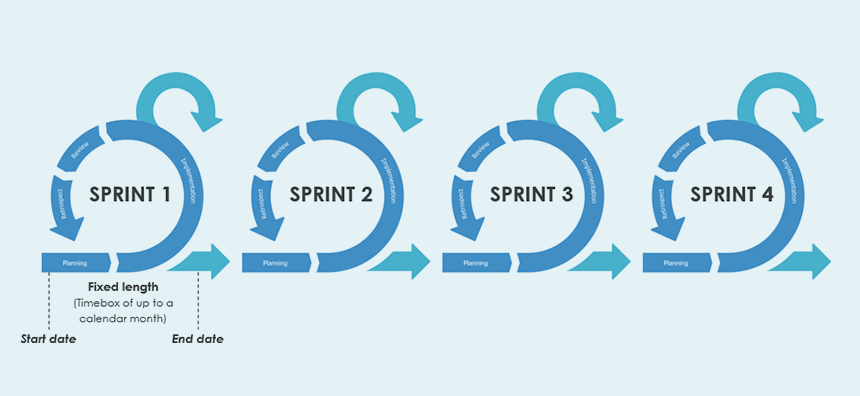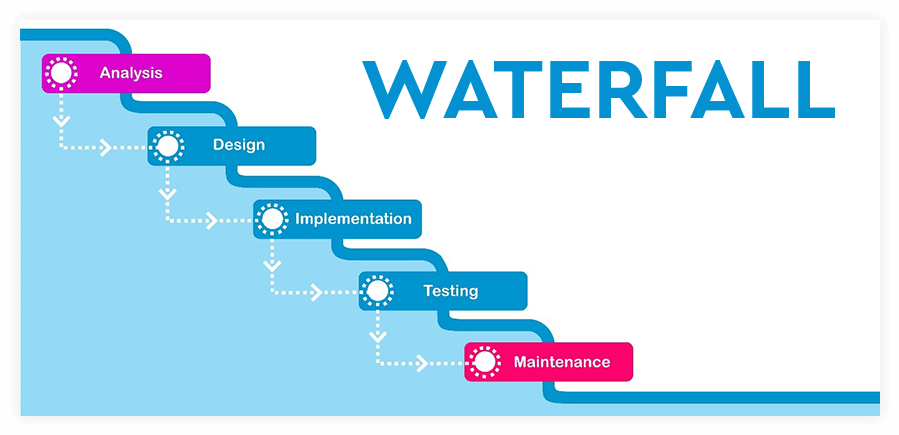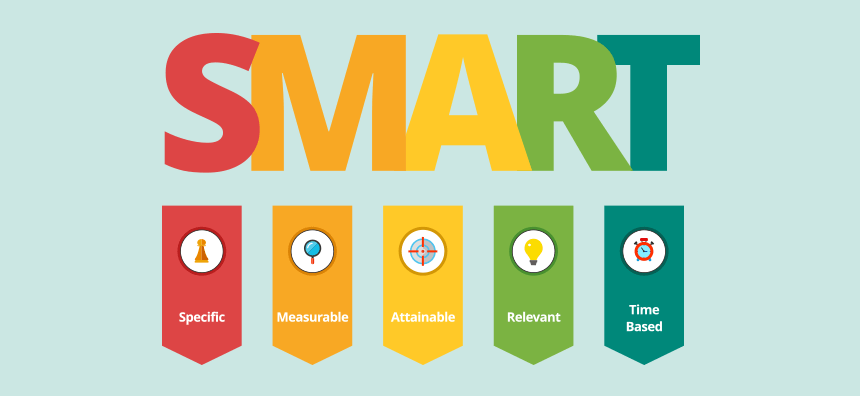Do you find project management to be a master juggling act?
Whether you’re working through team issues, assuaging a client, resisting scope creep or encountering the unexpected, there’s always something coming at you.
With so many balls in the air, you’ve probably more than once wished you had a third arm!
The good news is, whether you’re working to keep costs down, stay on schedule, or deliver premium service, there is a solution to every challenge.
Let’s look at some key challenges in project management, and the steps to take to overcome them.

1. No Clarity Around Project Goals
Sometimes a company is so intent on bidding and winning a big project that they put no focus into carrying it out. Building the team and looking into particulars is treated like an afterthought. The scope isn’t laid out and the team doesn’t even quite understand what it’s working toward.
When a project manager goes into a project blind, a whole lot could go wrong. With no clear goal in mind, the team may well meander down side alleys, causing the project to go way over budget. Or the team may not have all of the necessary skills, resulting in a subpar deliverable and an unhappy client.
How to Handle It
The role of the project manager is to oversee and monitor a project. You’ve been hired to both get into the weeds and see the big picture at the same time.
Generally the leader isn’t interested in all the minutia, and so it falls to you to create a comprehensive plan. Gather as many details as possible in order to understand the what, the how, the when, and the why of the project. Be sure to have clarity around things like the budget, the skills needed, the timeline, and any risks the project may have.
Once you have a clear understanding, the next step in the planning process is to communicate everything to the team and the stakeholders at an all-hands-on-deck meeting. Make sure everyone understands the overall goal and the timeline. Select a software system that allows everyone to keep abreast of what’s going on and stay on the same page throughout the project.
When the team knows what the objective is from day one, it’s easier to manage expectations. Both you and they know what the project is all about.

2. Too Many Communication Tools and Preferences
At the beginning of a project, it’s easy to make expectations clear and have everyone working from the same platform. However, as the project progresses into weeks and even months, people have a tendency to slide into their preferred ways of doing things. You may have a trio who communicates with voice messages, while others exclusively use text or email.
When communication gets siloed, and decisions are made on a variety of platforms, it means that not everyone is “in” on what’s going on. This creates lag, as time is wasted bringing everyone up to speed.
How to Handle It
It’s never easy to draw people out of their habits and tendencies, but a project manager’s role is to consistently monitor the project all the way to its completion. Course correction is part of the game.
Take some time at the beginning of a project to select an effective and easy-to- use communication platform. When you see team members veering away and using other apps, don’t be shy about tapping them on the shoulder to bring them back in line.
Set a strong example by consistently using the central tool yourself, and post all critical information there.
When a team understands how central communication benefits the entire team, it’s easier to get them to cooperate.

3. The Project Keeps Getting Bigger…and Bigger
After a project is well underway, it’s not uncommon for a client to have a chat with a team member and ask for a few extra features to the final deliverable. Or maybe the boss, mid-way through, sends a quick text asking you if the team could take on another small task.
In the interest of being agreeable and going with the flow, it’s really easy to say “sure, no problem” to these small requests.
Pretty much every project experiences some level of scope creep. As the name implies, scope creep isn’t about making one or two big changes, but is more about making lots and lots of small changes to the deliverable. When these small changes add up, they have a huge impact on the project’s overall cost, schedule, and performance.
Too much scope creep spells disaster. It means the team has to get pretty scrappy toward the end of a project. Everyone works overtime, performance is sloppy, and people work on tasks not at all in their skill set. People aren’t duly compensated for their work, and team morale declines.
How to Handle It
In order to keep a project’s cost, schedule and performance on track, a project manager needs to have a system in place for handling scope creep.
First of all, it’s necessary to create clear demarcations about the different types of added tasks. Some changes won’t really affect a project’s cost or timeline at all. In these instances, it’s usually ok for someone to give them a green light.
However, when an added task affects a project’s budget and timeline, there needs to be protocol in place to submit the change for approval. A system that permits one team member to simply verbally agree to a task which would entail hours of additional labor from the entire team isn’t going to cut it.
Evaluating each task individually allows the leader and the project manager to judiciously decide whether or not it should be approved.
Scope creep is kind of a gray area, so at the onset, be sure everyone on the team understands what sort of tasks constitute scope creep, as well as the process for getting additional tasks approved
Communicating effectively with the client is also an important aspect of scope creep. It’s important to address requests with some flexibility, while also keeping the project on track.
The solution to handling scope creep, oftentimes, is about good processes and communication.

4. The Team Lacks Necessary Skills
When a project requires specialized skills, oftentimes the team doesn’t have the expertise they need. Or, maybe some people have received training, but don’t have any on-the-job experience.
Significant skill-gaps means that a project cannot be completed, or that the deliverable is below standard.
How to Handle It
A satisfied and happy client is every project’s end-goal, and so paying attention to skill and performance levels is as important as winning the job.
A skill assessment needs to take place at the beginning of the project. When the project manager sits down with the leader to go through everything, it’s necessary to make a detailed account of all the skills required to complete the job.
At this point, you can build a skills matrix, which looks at everyone on the team, and aligns them with all the tasks required. Using this matrix, it’s easy to spot gaps and weak areas, and develop a plan to address them.
Here are a few ways to go about strengthening a project’s skill base:
- Provide training in new skills that are necessary for completing the project.
- In instances where only one team member possesses a critical skill, implement the practice of pairing. This is where two people work alongside each other on the same task. Pairing strengthens the skill base of the team, as it trains multiple people in the same skill. This way, when one person is absent, others can pick up the slack.
- Identify the skills and tasks that require a freelancer or independent contractor, and look into hiring them.
With a little foresight, it’s possible to overcome gaps in your team’s skill set and to build a highly skilled team equipped to complete the project.

5. An Ever-Changing Team
As discussed, a project that requires specialized skills often means hiring independent contractors and freelancers. These part-time employees always have commitments to other jobs and organizations, meaning you never have their full attention.
It’s easy for team enthusiasm to wane when everyone isn’t 100% committed to a project. When a freelancer feels sidelined from team activities, it weakens collaborative tasks, and it could result in subpar deliverables.
How to Handle It
Building a cohesive team is a hard-won achievement for any project manager. Having a freelancing onboarding process and utilizing team building activities are key.
Whenever possible, hire freelancers yourself, and take some time orienting them to the team and the project. Bringing them up to speed on what the company is about ensures their work aligns to its brand, mission and values. In order to clearly communicate job expectations, have face-to-face conversations about what you’re looking for. This helps to clear up all questions and concerns.
Explain the processes and tools that the team uses to communicate. Set them up with messaging and email accounts when necessary.
Even when people are moving in and out of a project, it’s still possible, and very important, to build camaraderie amongst the base. This collaborative spirit really improves performance.
A daily scrum or standup, where the team discusses issues, and progress, keeps everyone abreast of what’s going on. Including icebreakers or casual chats as a part of meetings builds rapport as well.

6. Diverse and Distributed Teams
Most teams are composed of people from all sorts of backgrounds and skill sets, including engineers, marketers, graphic designers, and people from completely different cultures, with varying levels of English fluency.
If all this diversity doesn’t pose enough of a communication challenge, more and more teams have become distributed. Face-to-face conversations take place rarely, if at all.
This diversity and fragmentation can lead to communication breakdown, which poses a real threat to a project. Key decisions aren’t communicated across the team, and snafus run rampant. Sometimes, a client learns about problems from a third party, causing them to lose faith in the project manager and the team.
How to Handle It
Communication is at the heart of a project manager’s role. Processes that create channels of communication allows a project to keep on schedule, and performance levels stay high.
One process for healthy communication is a daily scrum. At these meetings, everyone explains how they are progressing, and identifies anything that is blocking them from getting things done, or slowing things down. A team might adopt the mantra of “no blockers,” meaning it decides to switch to another task while it waits for an obstacle to be removed.
It’s important to conduct the scrum in an open environment, where people are able to share frustrations and get everything out in the open.
Another healthy communication method for a distributed team is an ongoing chat, where people post daily updates and status reports on the project. The project manager keeps these chats active by checking in daily, and regularly responding to messages. This practice also keeps everyone working from the same software platform.
Regular status updates with a client keeps them abreast of everything that’s going on with a project. It’s way better for the client to hear about a snafu from the project manager than a third party. So even if the news is hard to deliver, it’s necessary to keep the channel of communication open.

7. Teams Conflict With the Leader
Sometimes, during the course of a project, the team and the boss are on completely different pages. Maybe the team isn’t at all on board with the marketing plan, or it believes the product isn’t going to benefit the end user.
Performance declines when people are not emotionally invested in the project. And if the deliverable really is subpar, then the client won’t be satisfied, either.
How to Handle It
A project manager acts as a liaison between the team and the leader. It can feel like swaying back and forth on a seesaw at times.
When a project manager notices a real disconnect between the team and the leader, the first step is to determine if the problem merits the leader’s attention. Is this just the sentiments of one or two people, or the entire team? Additionally, are the grievances backed up by data?
It’s not always easy to bring a challenging or unexpected message to a boss, but any good leader wants to understand how the team feels about a project.
When having a difficult conversation, it’s important to keep them one-on-one if possible, and plan your message ahead of time.
Once you’ve said your piece, it’s in the leader’s hands to decide what to do with the information.

8. A Difficult Client
Clients have been known to make excessive demands. Maybe they want to meet with you every day, or impose deadlines that the team simply cannot meet. Sometimes, a client constantly wants to talk about increasing the scope of a project.
A difficult or demanding client is a recipe for overwork and burnout. Meeting all of their requests means that the project is well over cost and schedule.
How to Handle It
In the same way that a client is picky when choosing a team, it’s important for a team to be picky about choosing a client. Your client impacts your mental health, and that of the team.
Finding a good fit is a learning process. You may have to work with a few difficult clients before you’re able to identify what to look for.
It’s important to set boundaries with the client at the onset. Make sure that the work and scope of the project are mapped out, and explain the protocol for introducing new tasks to the scope. Perhaps this means filling out a change order or something like that.
The initial conversations, before a contract has been signed, is the time to look for clues as to whether the client will respect your boundaries.
After a time, it becomes easier to identify red flags. For example, when a client skimps and haggles over the contract, it could be a harbinger of difficulties to come. You want someone who respects the skills and time of the team, and is willing to pay the price.

9. Staying on Schedule
It’s really easy to get held up on a project and to spend two weeks working on something that was supposed to only take one. When delays add up, just like scope creep, they make a huge impact on a project’s overall timeline.
A company pays a toll when it doesn’t meet deadlines. It may well lead to an unhappy client. Plus, it keeps the team from taking on more projects, which translates into less income for the team.
How to Handle It
The project manager’s role is to monitor a project and keep it on schedule. In order to achieve this, it’s helpful to have a system or two in place.
A burndown (or burnup) chart is an effective way to plot the entire scope of work for a project alongside its timeline. It plots total work on the vertical and time on the horizontal. The burndown chart provides the team, client, and the leader an easy visual to understand how the project is proceeding versus its schedule.
Regular check-ins with the team are important for staying on track. At the meeting, be sure to discuss anything that’s impeding progress, and also make sure the team has the tools and skills it needs to do the job.
When the project manager knows about things that slow the team down, he or she can work to remove and fix them.
Staying on schedule is tricky for any project, and consistent monitoring, along with good systems, is key.

10. Facing the Unexpected
Every project throws a pitch or two that you don’t see coming. Maybe you’re in construction, and there’s a huge storm that delays everything for a week. Or else a team member has an unplanned absence that holds everything up.
Whiffing at too many unanticipated curve balls means a project is sure to strike out. Tasks won’t be completed, creating huge delays, and the project won’t meet its deadline.
How to Handle It
Although you never know what a project may bring, it really is possible to plan for the unexpected. One critical step in a project’s planning process is sitting down with the leader at the beginning and brainstorming all the risks.
Depending on your project, risks could include things like weather, equipment failures, and licensing regulations. When there’s too many hang ups in these areas, things won’t move forward.
When you look closely at each risk, it’s possible to develop a plan for course correction.
Additionally, take a close look at the team to ensure that the skill base is strong. Consider providing training in areas that look weak.
As far as the budget is concerned, it’s always smart to set aside as much as 10% for the unexpected. If you don’t use it, then completing the project under budget will be a feather in your cap.
Mitigating risk is all about putting a plan in place beforehand. This way, when you encounter a fastball, you’ll be ready to knock it out of the park.
Conclusion
Every project faces so many challenges that it’s best to approach project management with a manta like: “expect the worst, and hope for the best.”
All of these challenges, however, are pretty similar. Going into a project with as much information as possible makes you poised for success.
When you anticipate problems, they’re much easier to handle. Working through them requires consistently monitoring, planning, and communicating to all parties throughout a project.
Teamly’s project management software provides an intuitive, easy-to-use interface that is perfect for remote teams. Our messaging services provide a strong central hub for keeping your team’s communication strong throughout a project. Come check us out today!





